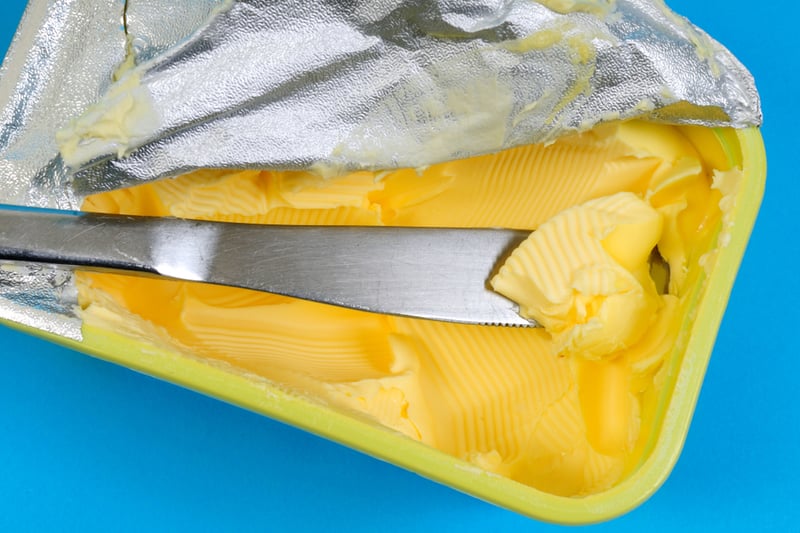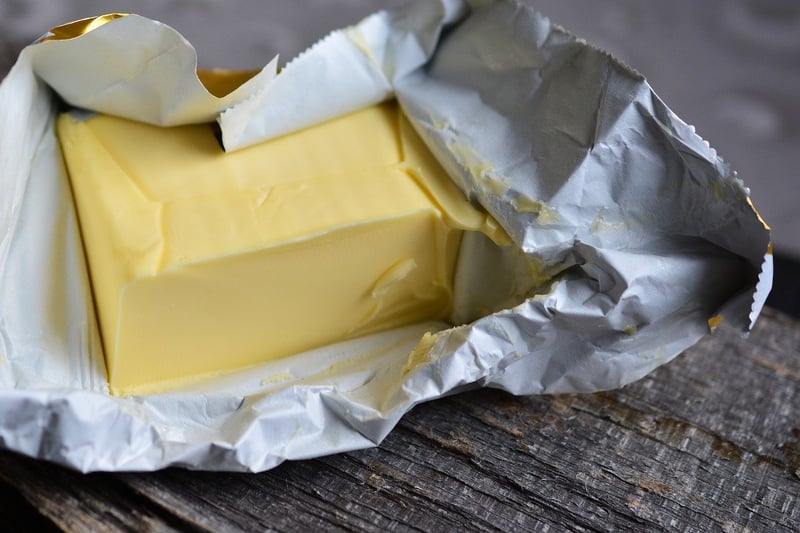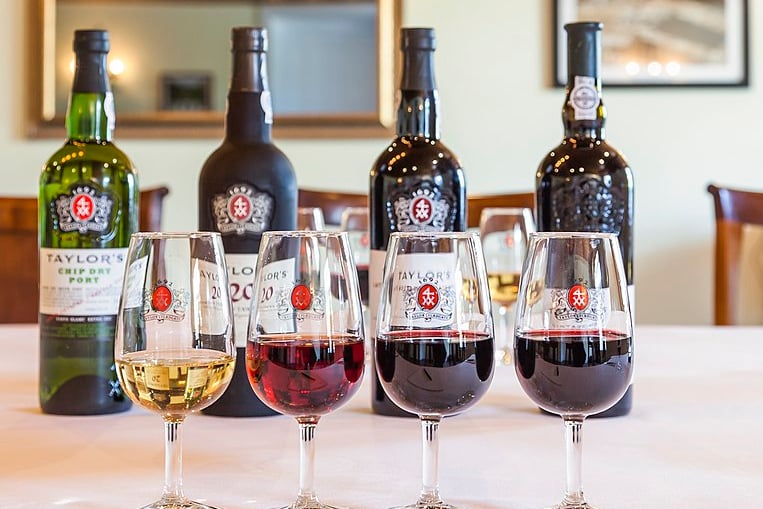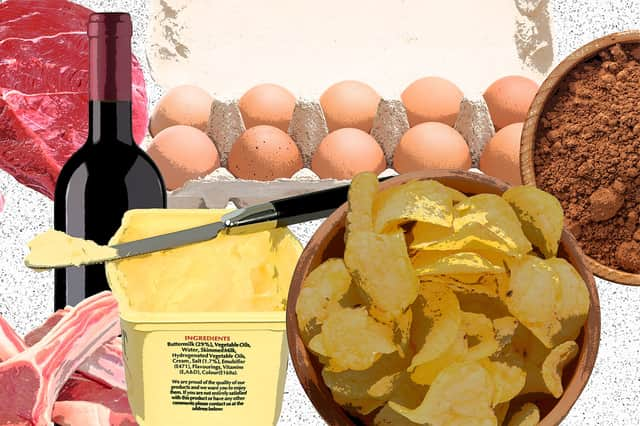Christmas dinners and festive tipples could be more expensive for UK consumers this year, with a host of food and drinks items seeing hefty price increases, official figures reveal.
The latest statistics from the Office for National Statistics show inflation rose by 5.1% in the year to November – the highest year-on-year rise in a single month for 10 years.
That is the Consumer Prices Index (CPI), a measure of inflation that weighs changes in the average price of a ‘basket’ of goods and services, to track the cost of living.
Transport was the category with the biggest price hikes in the year to November, at 12.5%. That encompasses huge increases in the cost of second hand cars (27.1%) and petrol (29.5%).
Rising energy bills are also driving up inflation, with a 23% increase in electricity, gas and other fuels.
But food and drinks have also been affected by price rises over the last year.
Food prices have increased by an average of 2.4%, non-alcoholic beverages by 3.2%, and alcoholic beverages by 2.7%. All three have seen significant upticks in recent months.
While the figures are for November, it will likely mean your Christmas food and drink shopping will make a bigger dent this year than last – although the good news is the cost of potatoes is down by 0.4%.
So which particular food and drinks will set you back the most this year compared to last?

1. Margarine and other vegetable fats
The price of margarine and other vegetable fats has increased by a whopping 14.5%.

2. Edible ices and ice cream
Ice cream and edible ices, such as ice pops or sorbets, have risen in price by 9.1%

3. Butter
Prices may not have risen as much as its competitor product margarine, but butter is still 8.9% dearer this year than last

4. Fortified wines
Fortified wines such as sherry and port – always a popular tipple at Christmas –- are now 8.3% more expensive.


